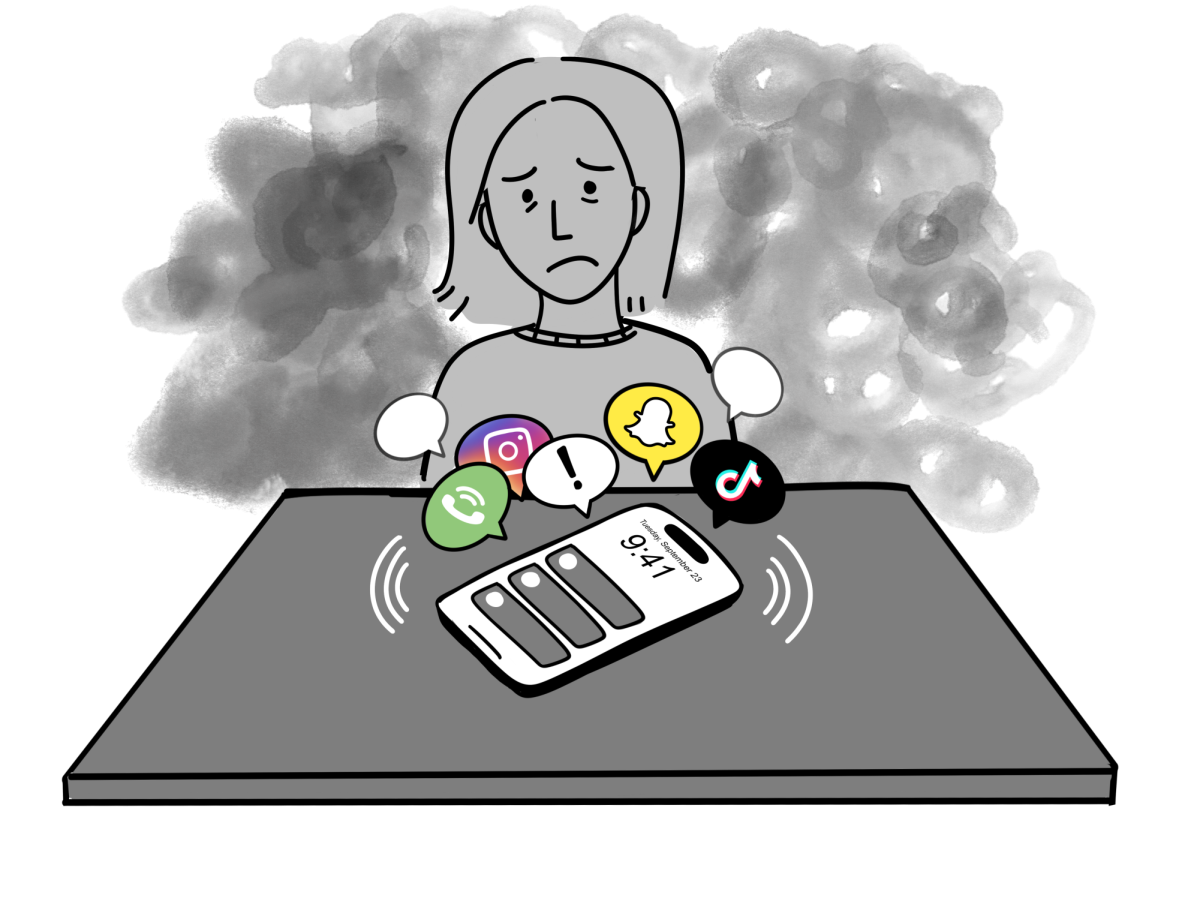
When October comes to an end and a new chill in the air arises, most US citizens reluctantly get ready to change their clocks and “fall back” into our standard, instead of daylight saving times.
Currently hotly contested, many individuals are now arguing for the end to the annual time change. If you relate to this, you are not alone. According to YouGovAmerica, “Nearly two-thirds of Americans want to stop shifting their clocks twice a year, according to polls.” Standard time, which usually lasts from early November to March, is not only seen as annoying, but has research backing it saying that this annual practice is in fact impractical.
Gaining “back” an hour every fall harms our communities on a fundamental level. Researchers have found that by extending evening daylight hours, as we do in the spring, crime rates actually go down. Furthermore, implications of this policy can affect individuals’ well-being. Even though the one hour shift seems slim, it has severe effects on our society’s mental and physical health. Changing sleep patterns, even by one hour, goes against a person’s natural circadian rhythms. During the week after we “fall back”, there is a 24% higher risk of heart attacks, increasing injuries, including a 6% spike in fatal car accidents, and a 8% spike in the stroke rate. Similarly, the change in sleep schedules can have various effects on many individual’s mental health. The most common disorder pertaining to the switch is seasonal affective disorder (SAD), which occurs in climates where there is less sunlight at certain times of the year. The most common treatment for this happens to be light therapy, which would be unnecessary if there was still sunlight present outside.
It’s a common misconception that farmers are in favor of our clocks making this turnover in early November. This cannot be further from the truth. In fact, the agriculture industry lobbied against changing daylight savings times in 1918, when the U.S. first started changing the time. The change was initially put in place as a way to save on energy consumption, especially as our stock markets went down and the Great Depression arose. Now, however, this outdated act does not pertain to our country. As of today, two states, Hawaii and Arizona, already observe a permanent, year round clock, with more states looking to make the change in the near future. At least nineteen states in recent years have passed resolutions or enacted laws that would allow them to impose year-round daylight saving time. However, this can only become real if Congress approves legislation to put a stop to the biannual time changes. It is heavily debated in Congress as some argue that tradition should stay, while others are open minded to this new convenience.
On March 15,2022 the US Senate passed the “Sunshine Protection Act,” which was perceived as a promising step in the right direction. This act was put in favor of keeping daylight savings times and sought
to stop clock changes. Eric Suni, a writer for Sleep Foundation, states that “While the Sunshine Protection Act still requires approval by the House and President Biden to become law, the bill could mean major shifts in our clocks, daylight exposure, and sleep. As of November 2022, however, the House had not discussed or voted upon the bill since the Senate passage.” As of now, many citizens who have run out of patience on this subject matter are trying to speed up this lengthy process. As Rep. Frank Pallone, D-N.J., chairman of the House Committee on Energy & Commerce said,“We haven’t been able to find consensus in the House on this yet. There are a broad variety of opinions about whether to keep the status quo, to move to a permanent time, and if so, what time that should be.” There has been a recent upping in petitions, committees, and even multiple protests in hope of obtaining a society with no clock change, where we can all boost our serotonin levels and have less worries in our stressful world that has come to be today.





